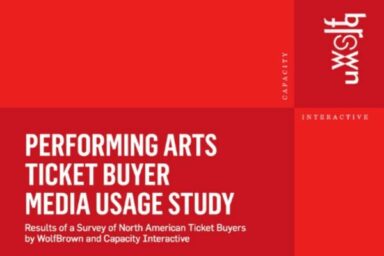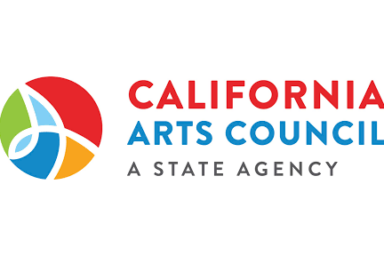Foreword by John McGuirk, Director, Performing Arts Program, The William and Flora Hewlett Foundation
The Audience Research Collaborative (ARC) was a three-year initiative of the William and Flora Hewlett Foundation Performing Arts Program aimed at building grantees’ understanding of their constituents. New insights would, it was hoped, lead to a richer dialogue about the Bay Area’s changing demographics, more effective strategic planning, and stronger connections between our grantees and the increasingly diverse communities they serve.
This report takes stock of the ARC initiative for the benefit of funders who might contemplate similar capacity-building programs in the future. It is not a formal evaluation, but an attempt by the project team to reflect critically on three years of work.
The Hewlett Foundation constantly seeks to strengthen its relationships with grantees and to grasp the demographic, technological, and social trends that are reshaping patterns of arts participation in the Bay Area. We approached the ARC initiative both as a funder and as a learning partner. To this end, all members of the Performing Arts Program staff were integrally involved in ARC initiative, working in close partnership with WolfBrown and the individual grantees.
The ARC initiative began with a simple question in 2011: who ultimately benefits from Hewlett Foundation support? While our grantees frequently reported on audience demographics, it was not standardized and therefore could not be aggregated or fully understood. We launched the ARC initiative with a 12-month pilot study in 2012 involving a diverse cohort of 21 grantees selected from a pool of 56 applicants. Participating organizations received technical support in administering surveys to audience members and program participants. A core group of standardized demographic questions was mandatory. Beyond this, organizations had substantial latitude to tailor their surveys.
Based on the many lessons learned from the pilot, a full launch of the initiative rolled out in the fall of 2013. A total of 47 grantees applied to participate in the initiative, each receiving a core level of technical support from WolfBrown consultants for either 12 or 18 months depending on need. Many also received individualized training and technical support, and all were invited to participate in a learning community that included workshops, site visits, and other cohort learning events. The Foundation covered the hard costs of data collection (e.g., printing, postage, and data entry) and participation in the learning community, but did not offer additional financial assistance specific to ARC participation beyond the multi-year general operating support already committed. The initiative successfully concluded in December 2015.
As a place-based funder with a large and diverse portfolio of performing arts grantees, Hewlett Foundation has a long-term stake in the sector’s capacity to learn, reflect critically, and adapt to changing conditions. More than anything, the ARC initiative has taught us how much we have to learn—as funders, researchers, and culture providers—about audiences, about the programs and activities that speak to diverse audiences, and about surmounting the challenges of research and capacity-building.
In the spirit of candid reflection, I hope you enjoy this retrospective summary of the ARC initiative.




